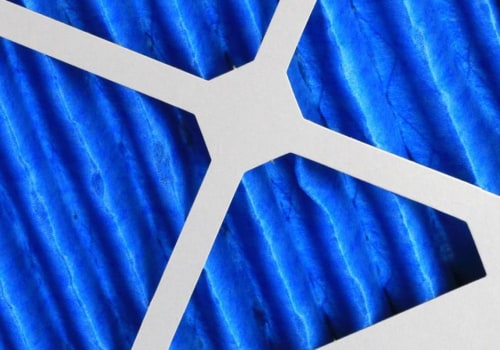As a seasoned expert in the HVAC industry, I have encountered a wide range of air duct systems throughout my career. However, one type that stands out as the most common and familiar is the sheet metal air duct. Made of aluminum or galvanized steel, these ducts are not only durable but also relatively easy to install. Their smooth surfaces make them resistant to mold and bacteria growth, making them a top choice for both residential and commercial buildings. Sheet metal air ducts come in rectangular or round shapes and are typically coated with fiberglass insulation to improve energy efficiency and reduce noise. As a seasoned expert in the HVAC industry, I have encountered a wide range of air duct systems throughout my career. However, one type that stands out as the most common and familiar is the sheet metal air duct. Made of aluminum or galvanized steel, these ducts are not only durable but also relatively easy to install. Their smooth surfaces make them resistant to mold and bacteria growth, making them a top choice for both residential and commercial buildings. Sheet metal air ducts come in rectangular or round shapes and are typically coated with fiberglass insulation to improve energy efficiency and reduce noise.
The sections of these ducts are joined together by sliding them together, with elbows, angles, and other accessories used to create a complete system. One important thing to note about sheet metal air ducts is that their joints are prone to air leakage. This is why it is crucial for them to be well adjusted and sealed with putty during installation. For those looking for a more flexible option, stainless steel air ducts are available at a higher cost and are often used in commercial buildings where airflow flexibility is necessary. In addition, there are also semi-rigid duct systems that offer versatility by allowing installers to switch between round and oval ducts without any loss of hydraulic pressure or system performance. While it may not be necessary to have an in-depth understanding of every type of duct system on the market, having a basic knowledge of these options can be beneficial. Regular inspections and cleaning of air ducts are essential for maintaining good air quality and optimizing the efficiency of central air conditioning and heating systems.
These ducts are more flexible and durable than other types of metal sheets, making them a popular choice for duct replacement projects or new homes. After all, HVAC ducts play a crucial role in supplying hot or cold air and facilitating space ventilation, making them an integral part of creating a comfortable environment. When it comes to choosing the right type of air duct system, fiberboard is often the most economical option. Not only does it have excellent thermal insulation properties, but it is also easy to install. However, using the wrong type of duct and materials can have a significant impact on indoor air quality, energy bills, and even equipment damage. One type of flexible duct that is commonly used is the flexible duct, which is manufactured by covering a coil of wire with a plastic coating, fiberglass insulation, and a vapor barrier on the outside.
It is essential to keep these ducts clean and free from any damage as they can cause irregular heating or cooling in the home if neglected. Regularly cleaning your air ducts can also lead to more efficient heating and air conditioning, as well as improved general airflow. Neglecting proper maintenance of your duct system can result in energy loss and air leaks, leading to higher bills and a larger carbon footprint. After all, ducts are responsible for carrying refrigerated air from the air conditioning unit throughout the house and removing hot or stale air. There are also rigid ducts available in the market, such as fiberglass-lined air ducts, fiberglass-lined air ducts, and fiberboard air ducts. These options are lightweight yet strong, making them a popular choice among homeowners. Regardless of the quality and type of your ducting system, regular maintenance is crucial for getting the most out of your HVAC system.
By keeping your air ducts clean and well-maintained, you can ensure optimal performance and energy efficiency for years to come.




